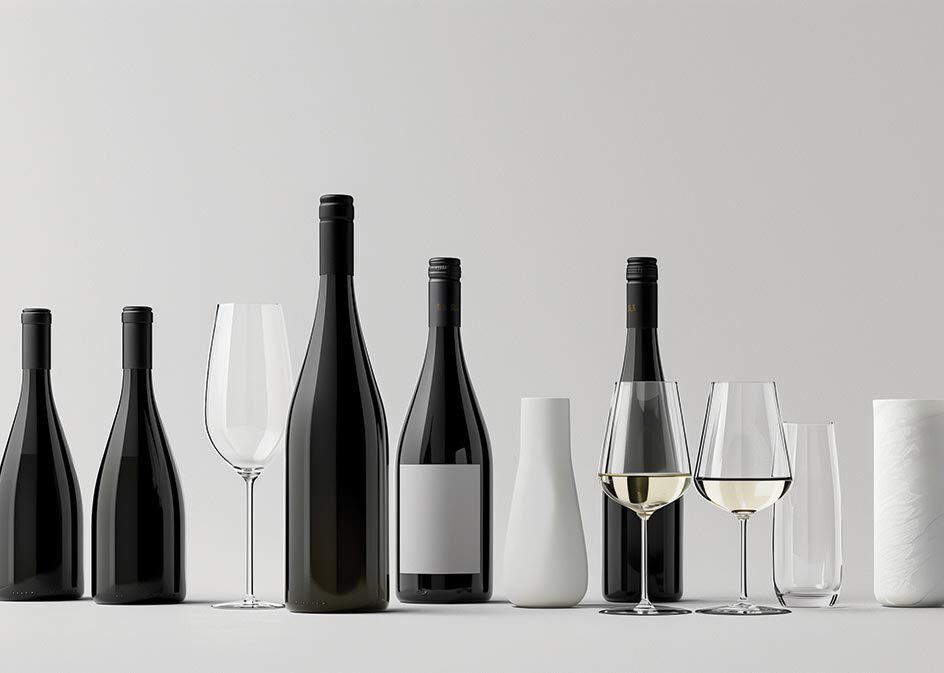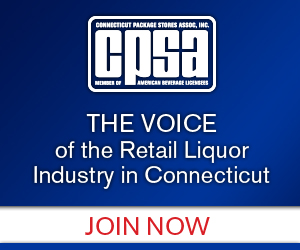

Ryan Robinson, Advanced Sommelier-CMS, WSET Diploma and WSET Educator
Sipping the Future of Nonalcoholic Wine
By Ryan Robinson, Advanced Sommelier-CMS, WSET Diploma and WSET Educator
Isn’t no-alcohol wine also known as grape juice? When I was a wine buyer for a large restaurant group early in my career, I remember quite clearly, a guest asked for a wine that was alcohol-free. I remember thinking, “Well, we have orange juice and apple juice, but no grape juice.” Wow! I was far off from meeting the needs of my guest.
Nonalcoholic (NA) wine was once a punch line, a watered-down version of the real thing, something you’d only drink if you had to. But times have changed. Following the (often thought of as blasphemous) months of Dry January and the relatively new incarnation of No Alcohol November, winemakers today are proving that alcohol-free wine can be complex, flavorful and worth savoring. I remember trying the NA Giesen Sauvignon Blanc from New Zealand and thinking, “Wow! This is great!” It sparked a curiosity where I wanted to know how these wines were crafted.
These new wines start out like their alcoholic counterparts, going through the same meticulous process of grape selection, fermentation and aging. The difference? The alcohol is removed, but the trick is keeping the essence of the wine intact. The process matters. In short, they are not merely grape juice … they begin life as grape juice then go through a life-altering transformation. Our good friend yeast is introduced. It consumes the grape sugars and converts them into ethanol while creating CO2 in the process, also known as fermentation.
One of the most common methods used to remove alcohol is through a process called vacuum distillation. By heating wine at lower temperatures under reduced pressure, alcohol evaporates without scorching delicate flavors. Spain’s Torres Natureo has mastered this technique, ensuring its nonalcoholic wines still maintain their varietal character. Another approach is spinning cone technology. Think of it as a high-tech carnival ride for wine. The process separates aroma compounds first, removes alcohol second, then recombines everything for a near-authentic finish. Napa’s Fre Wines uses this method with remarkable success.
Highly processed? Absolutely … but it is an effective way to remove ethanol. And then there’s reverse osmosis. The name alone conjures up images of a science project, which I suppose it is. Wine is filtered through membranes, separating alcohol from water and flavors. The alcohol is discarded and the remaining components are blended back in. Germany’s Leitz Eins Zwei Zero Riesling is an excellent example of a wine that maintains its vibrancy despite the absence of alcohol.
Nonalcoholic wines were once limited to wine shops but are beginning to gain traction in restaurants and wine bars, proving that demand is on the rise. More sommeliers are including them in pairings, recognizing that not everyone wants alcohol but still appreciates a sophisticated glass. Some restaurants now offer well-structured nonalcoholic wine lists, ensuring that those abstaining from alcohol can still enjoy a high-quality drinking experience.
As I write this article on a research trip to Barcelona, I’m surprised how many wine lists feature a sin alcohol section on the menu that is solely dedicated to no-alcohol wines. Wine lovers can now engage in tastings without worrying about the effects of alcohol, making it an appealing option for those who want to enjoy the moment but stay clear-headed.
Some skeptics argue that nonalcoholic wines lack the body and depth of traditional wines, but advancements in winemaking techniques are closing that gap. Keep in mind that, yes, alcohol-removed wines do NOT taste just like wine. They are going to be different … because they do not contain alcohol. Too much of it can get you schnockered, but with alcohol comes additional flavor and texture. When it is removed from wine, those flavors and textures are also being removed.
With improved methods, winemakers are crafting alcohol-free options that retain mouthfeel, acidity and the aromatic complexity that define good wine. The evolution of nonalcoholic wine mirrors the growth of craft beer and specialty cocktails, offering a legitimate alternative for those seeking complexity without intoxication.
Nonalcoholic wine isn’t just a trend; it’s a category that’s here to stay. With increasing demand, continued refinement and a growing consumer base, the future looks bright for alcohol-free wine lovers. As technology improves and winemakers refine their techniques, expect to see even more high-quality options hitting shelves. This isn’t just about removing alcohol; it’s about crafting a beverage that can stand on its own. Cheers to the future of wine—no buzz necessary.
Ryan Robinson is the Director of Education for Brescome Barton and Worldwide Wines in Connecticut, an Adjunct Professor at the University of New Haven, and is the Principal at SommCentric, a beverage education and consulting agency. He holds the credentials of Advanced Sommelier-CMS; WSET Diploma and WSET Educator in Wine, Sake and Beer; Rioja Wine Educator; VIA Italian Wine Ambassador; Wine Scholar Guild Educator and Spanish Wine Specialist; and Certified Scotch Whisky Professional from the Council of Whiskey Masters.



